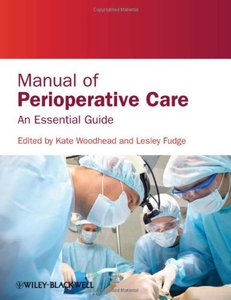This book is a comprehensive guide to the diagnosis and management of respiratory infections for practising pulmonologists, intensivists and trainees. Beginning with an overview of genetic predisposition to respiratory disorders, the following chapters discuss different types of infection including pneumonia, tuberculosis, viral infections and upper respiratory tract infections. Complete chapters are dedicated to respiratory tract infections in patients with pre-existing conditions such as HIV and lung cancer. The final sections examine the management of infections in the intensive care setting, and infection prevention through vaccines. Written by recognised experts from Milan and Athens, this practical reference includes nearly 50 images to enhance learning. Key points * Comprehensive guide to diagnosis and management of respiratory infections * Discusses genetic predisposition to respiratory disorders * Complete chapters dedicated to respiratory infections in patients with comorbid conditions * Recognised authors from Milan and Athens
http://adf.ly/1TqaaF

















































